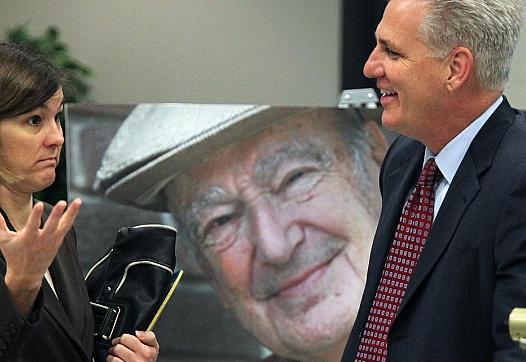
The National Institutes of Health is now providing critical support to multiple studies on valley fever. Such research could yield critical new breakthroughs in our understanding of the long-overlooked disease.

The National Institutes of Health is now providing critical support to multiple studies on valley fever. Such research could yield critical new breakthroughs in our understanding of the long-overlooked disease.
![Jacquie Green plays with her dogs Maggy and Jack at their foothills home in Tucson, Ariz. Maggy, the wolfhound, has had valley fever for a year and is part of a study on valley fever in dogs being conducted by Tucson veterinarian Dr. Lisa Shubitz. [Photo by Ron Medvescek/Arizona Daily Star]](/sites/default/files/styles/teaser_list_thumbnail_large/public/images/valley-fever-dog-title.jpeg?itok=75A8XBl7)
Researchers say a canine vaccine against valley fever could be available within the next 10 years, and the work to save dogs from the disease could also further efforts to create a valley fever...
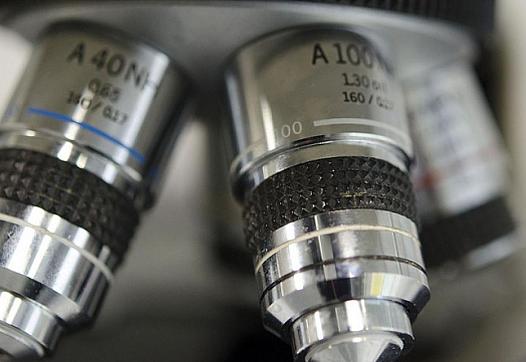
A Phoenix-based laboratory is capturing detailed images of the fungus that causes valley fever, hoping to better understand how it works.
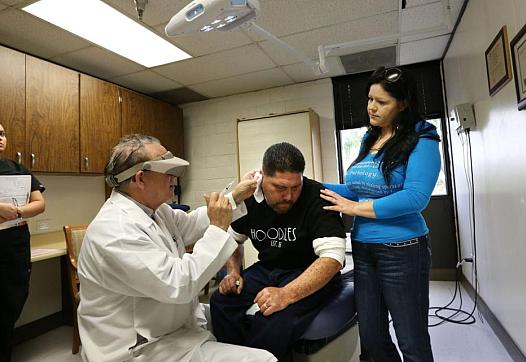
When Juan Solis shuffles out of his dark bedroom, he’s careful not to get too close to the windows because Solis has extreme light sensitivity caused by valley fever.

The bill would bring $2 million to an already-established state fund for valley fever vaccine research and create guidelines for how local, state and federal agencies report cases.
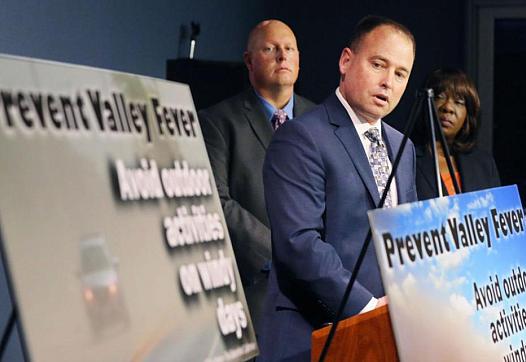
Valley fever killed six residents in 2016 and infected 1,905 others, a 62 percent surge over the number infected the year prior.
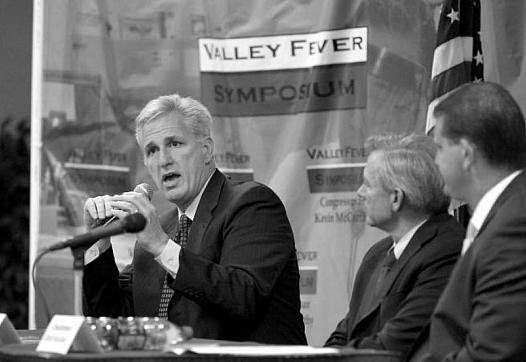
Valley fever infects more than 13,000 people annually in Arizona and California, killing more than 100. Yet they spend less annually on public awareness.
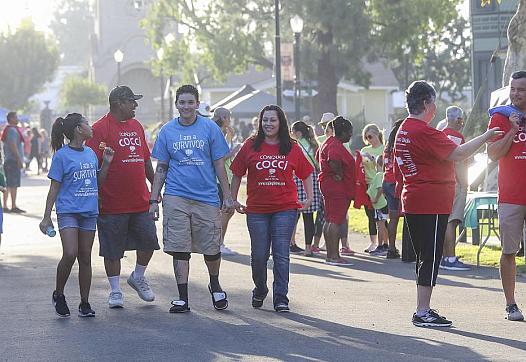
Experts in social behavior and public health focus on raising the public's valley fever awareness.
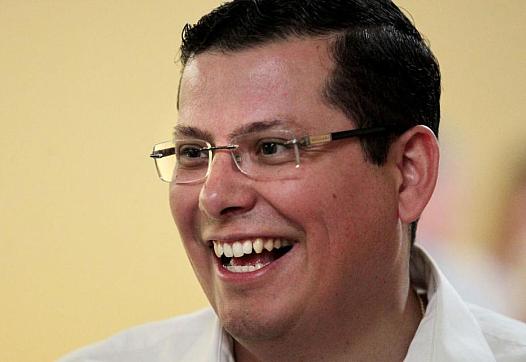
State senators will vote on a bill to enhance valley fever reporting guidelines and public outreach this week, to raise public awareness of valley fever in the southwestern United States.

The California legislature approved a Wednesday bill requiring the public health department to develop public outreach programs for valley fever, a respiratory disease endemic to Kern County.